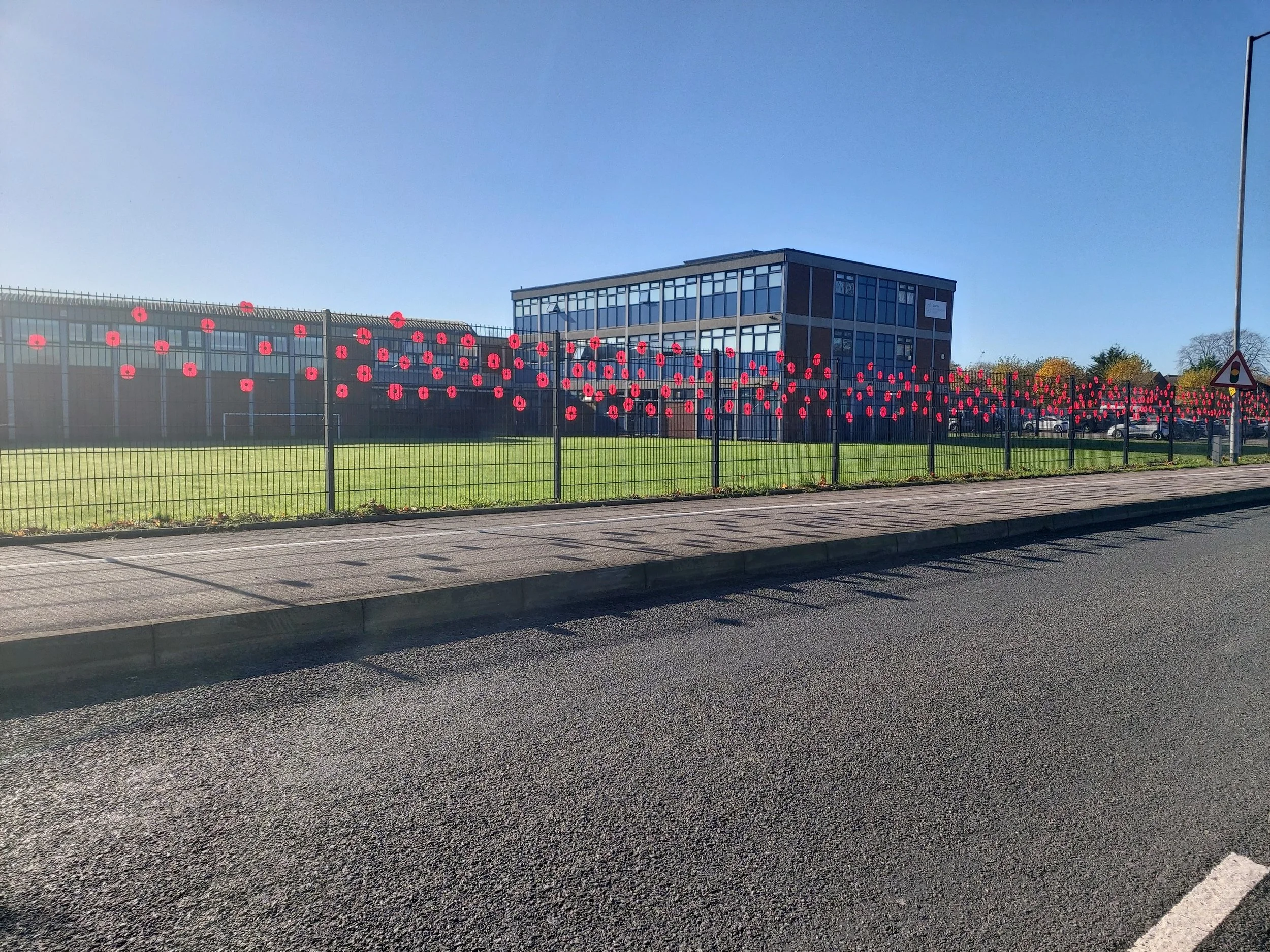Using Tassomai’s maths content to build good learning habits at key stage 3
Kyle Parsad, Head of Mathematics, James Hornsby School, Laindon, Essex
James Hornsby’s science department are big fans of Tassomai and have been using it with over 1,000 students since 2017. Mr Back, our Deputy Headteacher is well known for his motivational “Tasso-memes”, he actually wrote a blog for Tassomai’s website back in 2018 and even presented with Tassomai at the PiXL science conference.
Different approaches for different year groups
The school now uses Tassomai across 3 core subjects: science, maths and English with the aim of creating consistency across them and encouraging regular Tassomai usage. In the maths department we’ve used Tassomai for about 2 years. We really push it heavily across Y7 to Y9 to build those habits and get students repeating skills at home. By the time we get to year 10 and 11, we still have it in the background, but we focus a bit more on exam practice and exam papers and stuff like that instead. With my top sets they constantly keep doing Tassomai and it does help with that retention, mainly for formulas, it really helps with that.
Repetition and reinforcement
I think what's nice is the idea of the platform learning and understanding a student the more they use it, and then gradually giving them questions that they find harder. It saves a lot of workload for teachers but it's also just great to have that repetition and reinforcement as there's so much to learn in maths. It gives students that opportunity to do something that pops up that they may not have seen for two or three months in class.
It’s also good for flipped learning. When we teach a new topic, students will often say, I saw that on Tassomai, and it helps that they've got a bit of an idea of it because they've seen it somewhere before and it clicks.
Reducing teacher workload
One of the things I really like about Tassomai is that it reduces workload for staff. We can set it as homework and it's learning from the kids' mistakes, and helping to plug those knowledge gaps. We don't have to do a lot but we can constantly keep checking it and see what the kids can and can't do. If we need to get an idea on what areas a certain pupil is struggling with, it's there. It's easy to find, and in that regard, it’s definitely a massive tick from my point of view as a Head of Department. It also links to our curriculum, so that really makes it beneficial.
Challenges
Monitoring is a big issue for us generally, just getting kids to do their homework is something we have to work on at our school. That can be one of the challenges with Tassomai, but it’s the same as with any homework. I find the kids that do Tassomai generally do tend to be a bit more successful in maths, but that could be because those kids are quite good kids anyway, and they’re more self-motivated and disciplined, so It's hard to say if Tassomai’s the catalyst that causes it.
It's about getting the kids to buy into it, and the staff as well. I'd say it's just a little bit inconsistent at the moment but we’re planning a big push for the next academic year. I’d encourage any school or department using Tassomai to think carefully about their implementation strategy and get some tips from their Customer Success Manager to help them implement it consistently. Having an internal Tassomai champion in your school or ideally your department really helps.
Read more about using Tassomai for maths in schools


